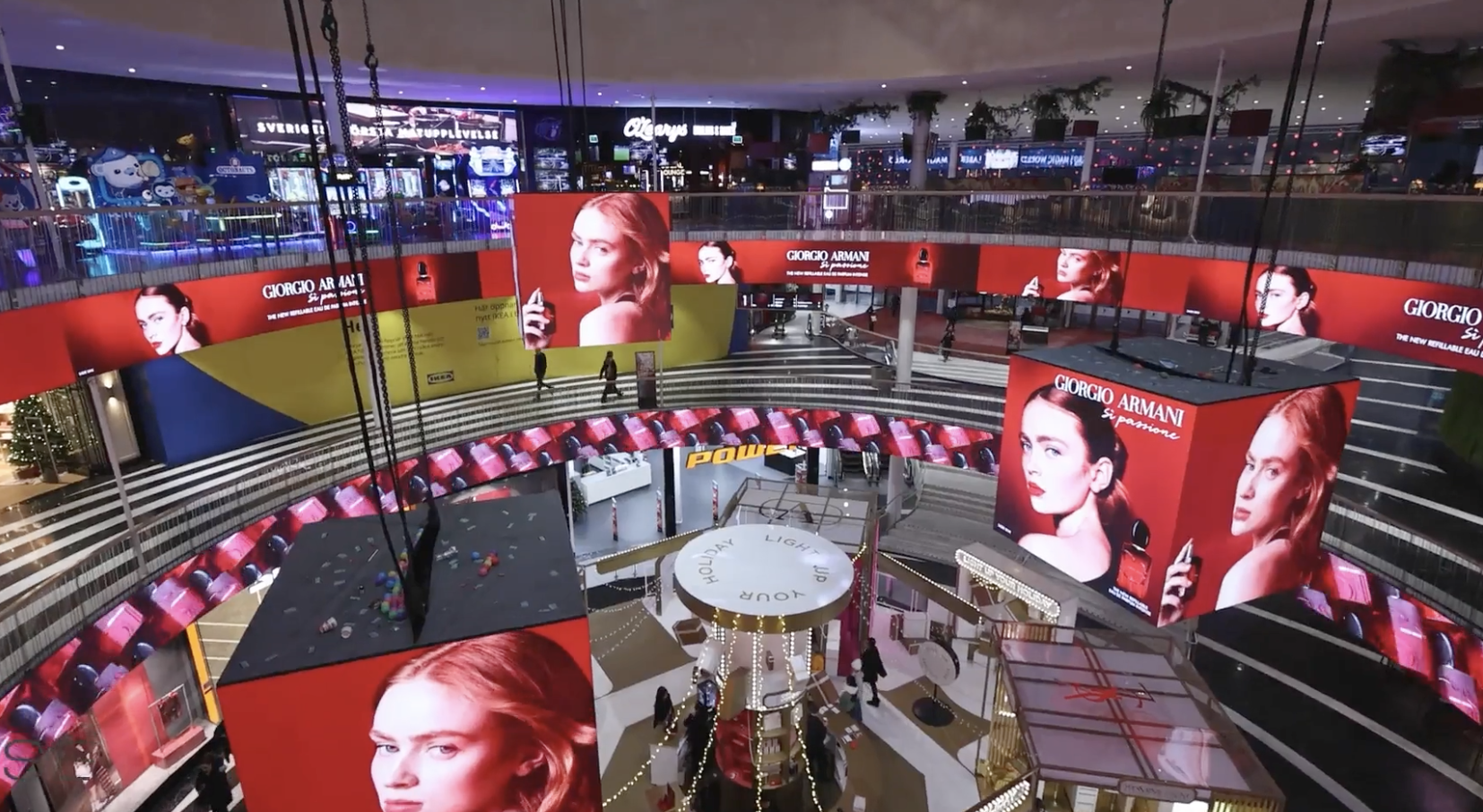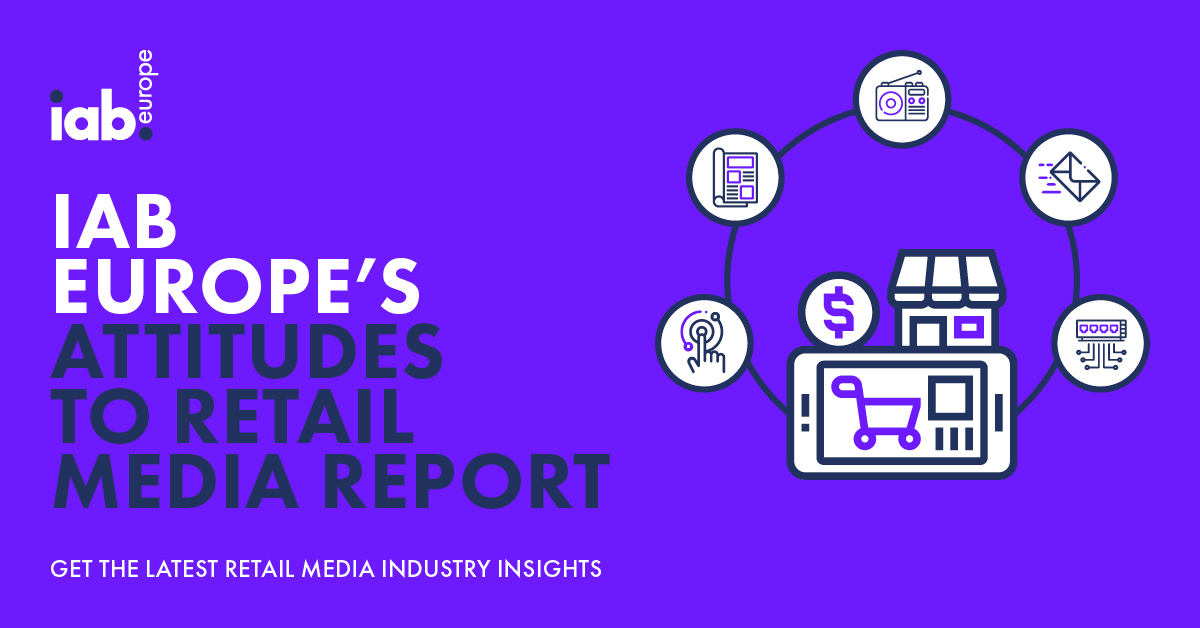Tom Smith, Head of Biddable Media at mporium and Adam Chugg, Head of Biddable at the7stars, discuss how linking generic search terms to impactful moments in linear TV, reaps rewards for ecommerce and bricks and mortar alike.
The behaviour of television audiences has changed distinctly over the past few years. Cast your mind back, and consider the concept of the ‘couch potato’. The metaphor was born out the sedentary lifestyle associated with sitting and watching TV. Couch potatoes were the modern ‘sloths’ – think Homer Simpson of The Simpson’s fame – a beer in one hand and a tasty treat in the other. However, this classic stereotype is virtually redundant now. With the onset of technology, and the changing attitudes in our lifestyles, we are seeing the mobile phone grow to replace the beer and snacks. It has absolutely become a defining new fixture in our viewing behaviour.
This has given rise to the importance of the second screen, and with this we are noticing that the consumer’s relationship with television programmes has changed. The programmes that consumers are watching these days are ones they really want to watch and viewers are consistently reaching for their second screens during those programmes not because they’re distracted – but because the programme provided stimulus.
It used to be referred to as the ‘Delia effect’, when TV chef Delia Smith caused a national shortage of copper pans and Maldon salt simply by using them on her cookery show. Today, it’s about much more than explicit brand endorsement, it’s about brands recognising the relevance of TV culture and the impact it can have on search and social channels. By looking at the relationship between television programme content and consumer search levels, retail brands can identify the perfect moment to target consumers.
Take Bonmarché for example. Bonmarché is a leading fashion retailer for women, catering mainly for the over 50’s. The retailer needed to increase the performance of generic search terms. These lists can be vast and complex – covering colour, size, shape and material, right up to very generic keywords such as ‘dress’. It simply is not commercially viable to be the highest bidder in search auctions for these generic terms, all of the time.
The smart move is to change bids during the moments where consumer interest in specific search terms peaks. This could be when an actress who is a fashion influencer appears on The One Show. Of course, it won’t appeal to everyone. However, for the select minority who admire the actress’ fashion sense, the appearance provides a stimulus to emulate her style,
This is exactly what mporium and the7stars did for Bonmarché. By analysing the TV moments that stimulated Bonmarché’s target audiences to search for fashion items, we discovered that when particular celebrities appeared on TV, this created a digital response from Bonmarché’s target audience who took to their phones to search for clothes similar to those worn.
The same was also true when a fashion style or item was mentioned in a positive context. mporium’s IMPACT technology monitored live UK TV content and in real-time, activated the relevant Bonmarché campaign for specific generic keywords when a trigger occurred.
This sort of real time targeting is so vital in today’s cluttered brand environment because it’s simply not efficient for brands to be constantly bidding on generic terms. By monitoring for these precise moments, brands will be able to optimise their ads.
Although real-time targeting using TV triggers is a large, untapped source of customer inspiration, there are a lot more signals within retail that cause people to search online. As a result, brands can target in real time, using real customer data rather than relying on historical segmented modelling.
Instagram in particular is a really strong signal for young shoppers. It’s inspirational and aspirational and a really strong trigger for travel, food, fashion and homewares. With social media use being the heaviest second screen traffic, it’s a no-brainer to understand why travel brands have such close relationships with Facebook, Pinterest and Instagram. Naturally, there are challenges that are yet to be solved, but there is certainly a massive opportunity here for brands to improve their relevancy and accuracy when it comes to finding those customers that are most likely to purchase.
As linear TV advertising has the potential to become increasingly programmatic and advertisers are more aware of the corresponding scheduled content, there is a far greater opportunity to integrate real-time search and social campaigns into the mix. Technology enables us to understand the relevant content stimuli and to adjust campaigns in real-time. Making the most of multichannel and multi-device behaviours is key to delivering the most effective results-driven campaigns.








